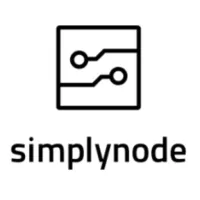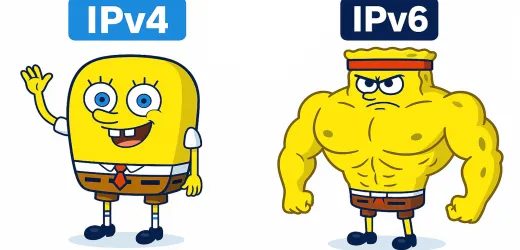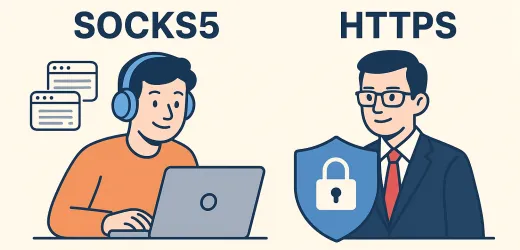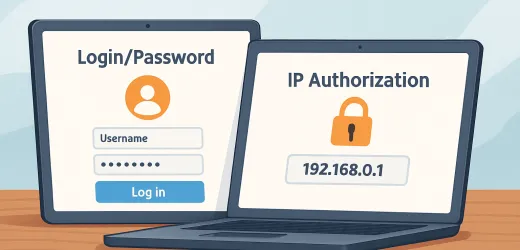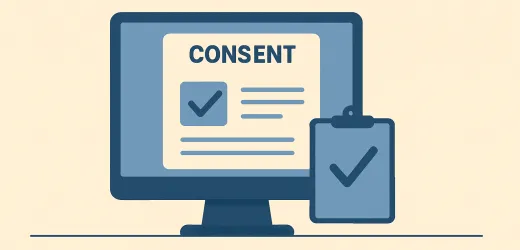In this article, we’ll look at proxy authorization methods, namely:
- Login/Password Authorization
- IP Authorization
Why do you need proxy authorization?
A proxy refers to a proxy server that processes your requests and returns responses. To prevent other people from accessing this proxy server, it must be protected, which is why authorization is required. In other words, through authorization, you confirm that you have access to the proxy server, otherwise it will not process your requests.
Login/Password authorization
When you purchase a proxy, you are assigned a login and password for the proxy server through which you will have access to the proxy. Essentially, this is a traditional form of authorization, and there’s nothing complicated about it.
That is, when you purchase a proxy, the proxy provider will give you:
- Server address
- Server port
- Login
- Password
In some cases, the login and password are generated automatically by the system, while in others, you can create your own login and password for the server. It all depends on the proxy provider from which you purchased the proxy.
IP authorization
With this authorization method, you specify your personal IP address by which the proxy server will recognize that it’s you. That is, you add your home IP address to the whitelist, and then, when accessing the proxy server, it will compare your current IP address with the one you specified in the whitelist on the proxy provider’s website. If it matches, you are successfully authorized and the proxy server will start working.
That is:
-
The proxy provider will give you the server address and server port.
-
You add your home IP address to the whitelist on the proxy provider’s website.
-
During authorization, the proxy server will compare your current IP address with the one you specified in the whitelist.
As you can see, in this case, you don’t need a login and password, and authorization occurs through your personal IP.
Which one should you choose?
It all depends on your goals. Here are the main differences:
-
Login/password authorization is considered the simplest and most common authorization method.
-
IP authorization is considered a more complex and secure authorization method since access is provided by IP, which cannot be compromised unlike a login/password. The main drawback is that your IP address can change (for example, after rebooting the router), so for the proxy server to work, you will need to add your new IP address to the whitelist, which is not very convenient.
Bottom line: IP authorization is chosen if you want to maximize the security of your proxy server, while in all other cases, login and password authorization is better.
Where can I buy a proxy with the right authorization type?
Modern proxy providers offer both authorization methods, so the authorization method isn’t a deciding factor when choosing a proxy, as both will be available after purchase. Proxy providers are selected based on other criteria, such as proxy type or payment method. You can check out our proxy provider rating and use our convenient filter to find the best provider that suits your needs.





